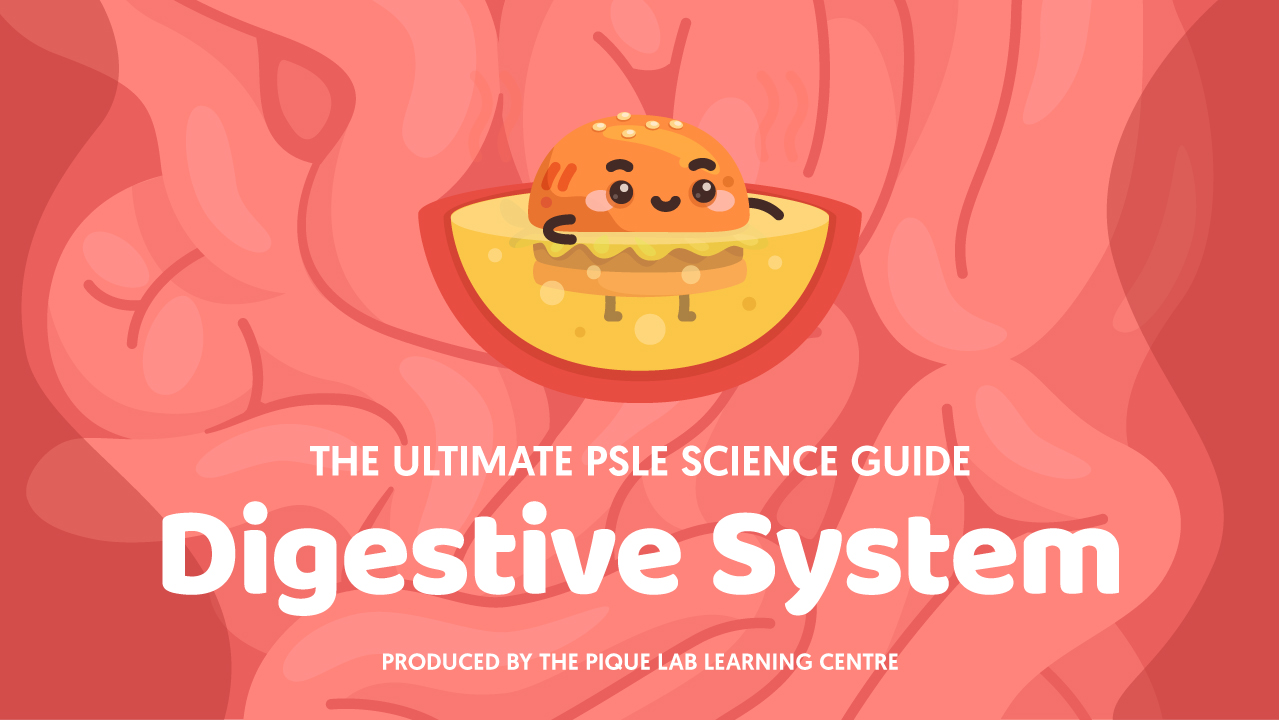In this article, we will be discussing the significance and relationship between the size of the seeds and the plant processes involved as well as how these concepts can be tested in examinations. Furthermore, I will be sharing about the importance of linking the various Science concepts in our thought processes.
Read Also
Let us start with a simple question:
How does the size of the seed affect a plant?
To be able to answer this question, students will need to be able to identify the keyword in the question above – What does it mean by the word, “affect”?
My answer to this would be for your child to start his/her analysis of this question from the key processes that take place in a plant.
Key Processes in Plants
- Germination
- Respiration
- Photosynthesis
- Pollination
- Fertilisation
- Dispersal of Seeds/Fruits
- Transpiration
Next, we need to draw the linkage between these key plant processes and our understanding of plant parts and what they do.
Let Us List Down What We Have Learnt For Recap
Plant Parts And Their Functions
#1 Leaf
– Stomata: To allow the plant to carry out gaseous exchange.
#2 Stem
– Food-carrying tubes: Transports food from the leaves upwards and downwards to all parts of the plant.
– Water-carrying tubes: Transports water from roots upwards to all parts of the plant.
*Do note that these tubes are found throughout the plant but commonly tested with the stem.
#3 Roots: Grow downwards to anchor the plant firmly to the ground and to absorb water and mineral salts
#4 Seed
– Seed leaves: Contains food for respiration to release energy until the true leaves are formed.
#5 Flowers
– Stigma: Allows the pollen grains to land on it for pollination to take place.
– Ovary: Contains ovules and develops into a fruit after fertilisation.
– Ovule: Contains ovum (egg) and develops into a seed after fertilisation.
– Anther: Produces and stores pollen grains.
– Filament: Holds the anther upright.
Is your child able to confidently describe the function of each part of the plant mentioned above? These basic functions of the plant should be at your child’s fingertips before taking any examination or test. 🙂
Since the question mentions the size of the seed. I will be focusing on the seed leaves that are stored in the seed.
Think about it: What is the function of the seed leaves?
The seed leaves contain food, which is used together with oxygen in the process of respiration to release energy for the seedling.
The energy is used for the growth of the seedling until its true leaves are formed. Why is that so?
The true leaves contain chloroplasts, which contain chlorophyll to trap sunlight in the process of photosynthesis to make food for the plant. Once the plant is able to make its own food, it no longer needs to depend on the food stored in the seed leaves for its survival.
What will happen to the seed leaves then?
The seed leaves will wither and drop.
Conclusion
Having established the facts above, what can you tell me about the importance of the size of the seed?
If your child has understood the thought process mentioned above, he/she would most probably be thinking that a larger seed would have larger seed leaves. This would allow the seedling to depend on the food found in its seed leaves for a longer period of time before its true leaves are formed.
This would increase the chances of survival for any young plant as some seeds germinate in areas with little light available. By allowing the plant to depend longer on its seed leaves, the seedling can fully develop its true leaves to trap sufficient light for photosynthesis to make its own food, increasing its chances of survival.
What if we carry out an experiment in the dark with seeds of different sizes?
We can expect that the seedling that germinated from the larger seed would be able to survive without sunlight for a longer period of time before withering and dying. This applies to seeds that come from the same species.
I hope that this sharing has helped your child to gain a better understanding of plants and how plants have adapted to survive in its natural environment.
In my next post, I will be sharing differences between self-pollination and cross-pollination. In addition, I will also be covering the common misconceptions that students typically have on these two concepts.
Stay tuned to find out more!
(Disclaimer: This blog post has been written under the premise that students are expected to interpret the question based on the function of the seed leaves.)

If you like our methodology, we’ve some upcoming workshops:







